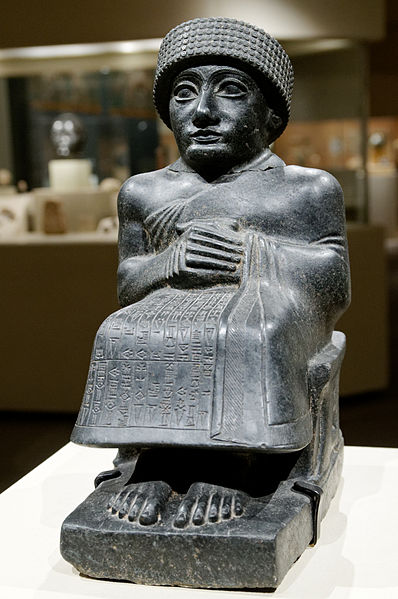The Tigris is the eastern of the two great rivers that define Mesopotamia, the other being the Euphrates. The river flows south from the mountains of the Taurus in Turkey, then through the Syrian and Arabian Deserts, emptying into the Persian Gulf.
Mosul, on the bank of the Tigris, 1861
Bedouin crossing the river Tigris with plunder (c. 1860)
Mosul, Iraq
Outside of Mosul, Iraq
Mesopotamia is a historical region of West Asia situated within the Tigris–Euphrates river system, in the northern part of the Fertile Crescent. Today, Mesopotamia is known as present-day Iraq and north-eastern Syria. In the broader sense, the historical region of Mesopotamia also includes parts of present-day Iran, Turkey, and Kuwait.
A modern satellite view of Mesopotamia, October 2020.
The Tigris river flowing through the region of modern Mosul in Upper Mesopotamia.
Mesopotamian Marshes at night, southern Iraq. A reed house (Mudhif) and a narrow canoe (Mashoof) are in the water. Mudhif structures have been one of the traditional types of structures, built by the Marsh people of southern Mesopotamia for at least 5,000 years. A carved elevation of a typical mudhif, dating to around 3,300 BCE was discovered at Uruk.
One of 18 Statues of Gudea, a ruler around 2090 BC








